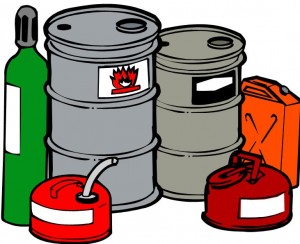 Many people are confused about the difference between overpack and salvage drums. Both the UN and the US Department of Transportation give specific definitions of each. This article is an attempt to help you decide which drum is best for you and your specific needs.
Many people are confused about the difference between overpack and salvage drums. Both the UN and the US Department of Transportation give specific definitions of each. This article is an attempt to help you decide which drum is best for you and your specific needs.
Overpack Drums
- To summarize the US Department of Transportation regulation 49 CFR 171.8, an Overpack is simply a larger container in which a smaller one can be placed.
- It can be made out of any material, from the traditional 55 gallon metal drum to a hard plastic overpack drum.
- Overpack drums are a type of protective packaging, to contain non-hazardous materials or provide outer protection.
- Not all overpack drums are salvage drums, but all salvage drums are a type of overpack drum.
Salvage Drums
If you need to transport hazardous materials, you will most likely need a salvage drum. Salvage and overpack drums may appear the same, but only those that meet or exceed the Pressure Test regulations as described by DOT 49CFR173.3(c) are salvage drums. Salvage drums are a key component of any oil spill protection program.
Important attributes of salvage drums are:
- Labeled that way by the manufacturer
- Capacity is NOT larger than 119 gallons
- The cushioning and absorbtion on the inside of the drum are compatiable with the hazard you are containing
Remember the key difference is an overpack drum is used for the protection and handling of a smaller drum/container. A salvage drum is needed when there are certain liquids or substances that are hazardous materials, which could cause pollution if they leaked outside of their original container.
